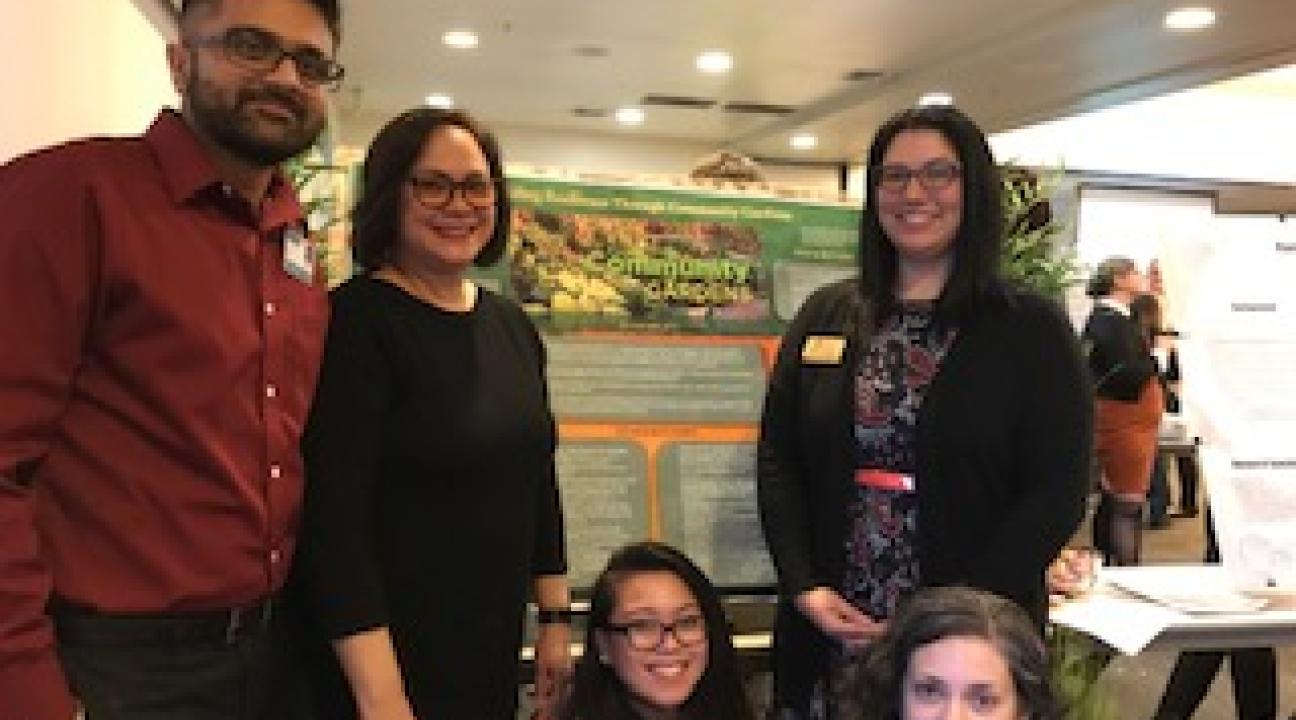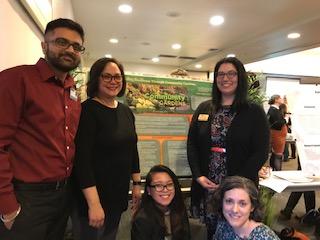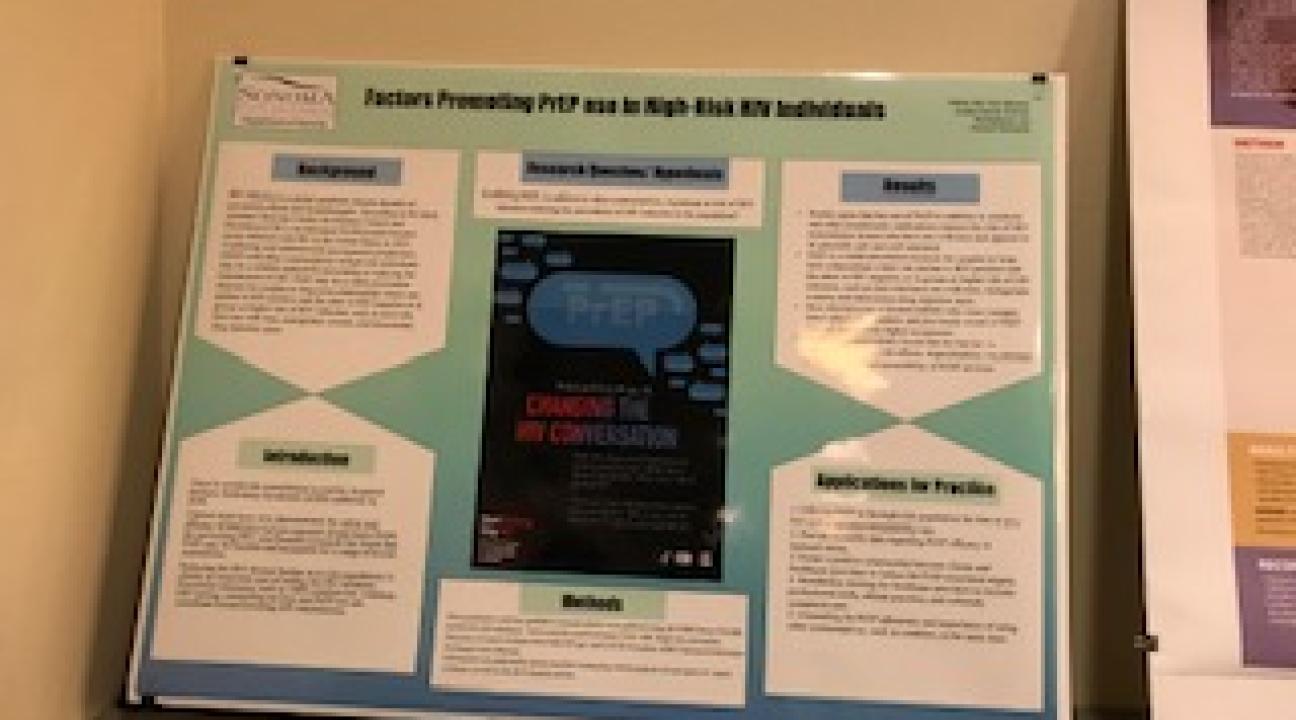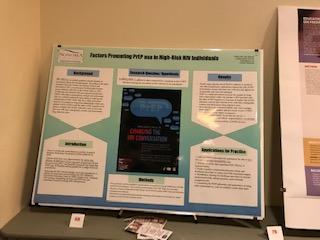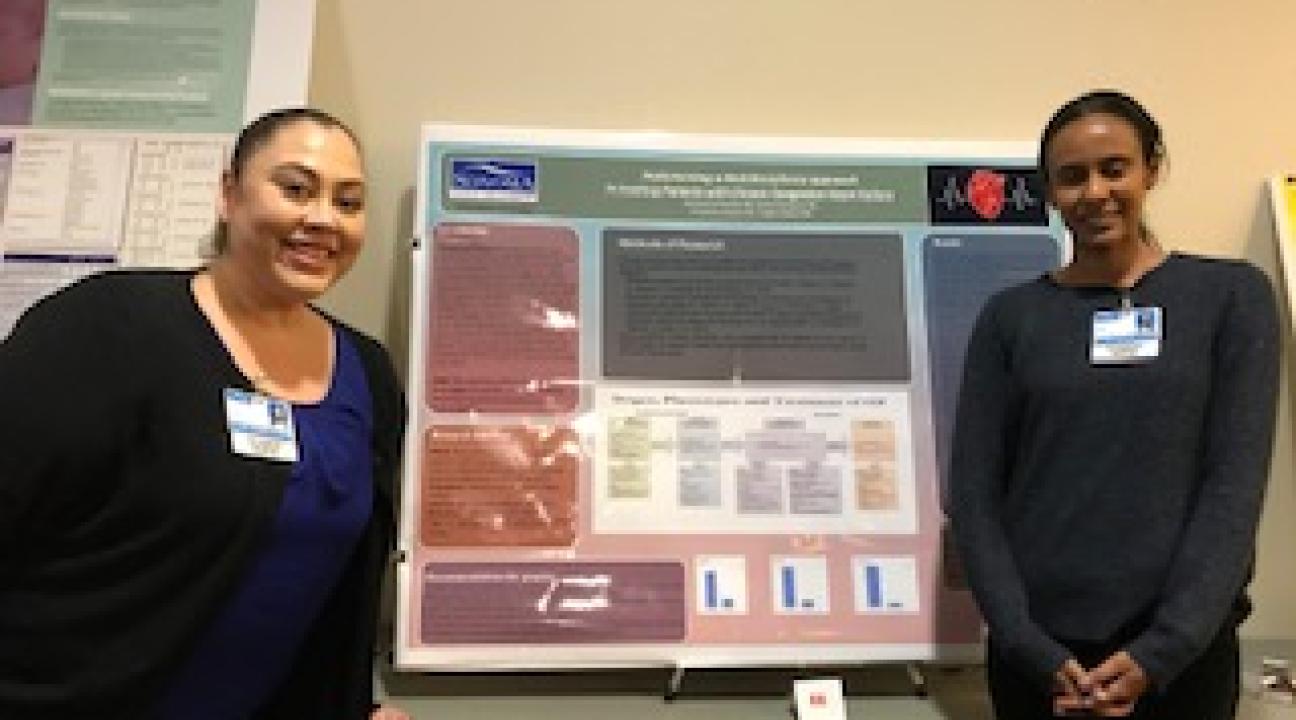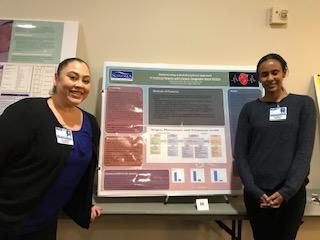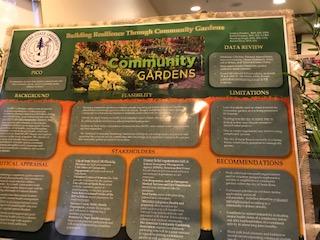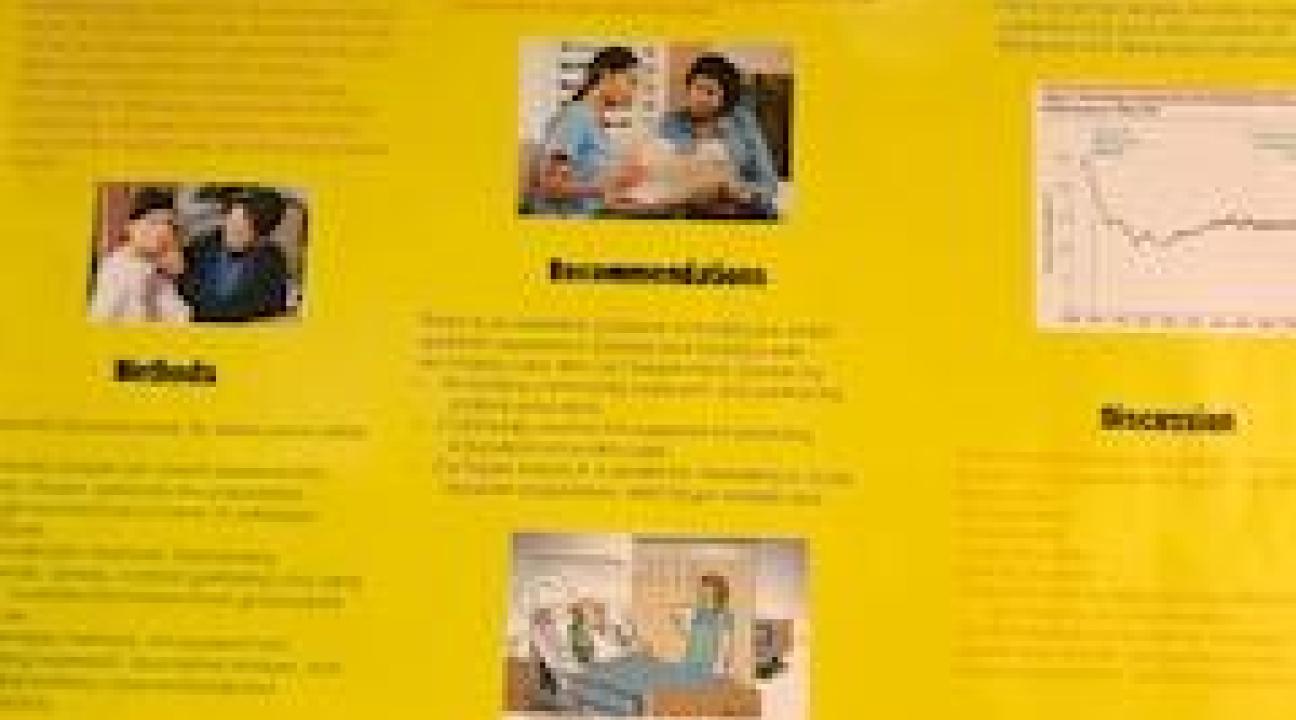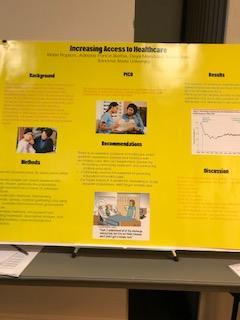Nurses Work in the Community
“I’m really excited about the recommendations of the nurses. The research is so good that I can actually take it to the City Council and present it as evidence supported by data to help fund similar programs,” says Danielle Garduño, Community Engagement Coordinator for the City of Santa Rosa.
She was immensely pleased with the research these nurses had done for their service-learning class on behalf of the City. “These students have access to research that I do not and they were able to really delve into this issue in a way I would never be able to.”
Danielle is currently focusing on a program called Neighborfest. Neighborfest is a program out of San Francisco that is designed to bring neighbors together and help them prepare for natural disasters. Santa Rosa’s Community Engagement office has been campaigning hard to convince the City Council that Neighborfest, which is similar in how it brings neighbors together with a specific purpose, can foster resilience, recovery and most importantly now, disaster preparedness.
The objective of the nurses’ study was to identify how community involvement in activities like community gardens strengthens social connections and helps to develop and nurture a community’s resiliency and recovery after a natural disaster. The RNs looked at the feasibility of the project, the stakeholders involved, and the limitations of bringing community gardens or other communal activities to the residents as a way of addressing the mental as well as physical needs of the community after a natural disaster. They also included a data review of where they obtained their research. The students also seemed excited that a project, like community gardens, could bring residents together after a natural disaster and be another form of healing. Seeing a community partner, like the City of Santa Rosa, happy with the outcomes of their study; and observing the students finding the answer to the question they sat out to address is what service-learning is all about. It was marvelous to see the students succeed in their project objective and to see the community partner very satisfied with both the data used and the final recommendations.
Four other projects were done with another community partner, Petaluma Health Center (PHC), that included: Colorectal Cancer Screenings, Diabetes Rates Among Hispanic Youth; Opioid Abuse Prevention, and Advanced Directives and End of Life Care Process. In the area of colorectal cancer screenings, the students found that there were stigmas and barriers for low income and communities of color to get their screenings done. So the students made suggestions on how to get patients to follow through on these health screenings. Many of the nurses’ recommendations are already being implemented at PHC, but the service-learners helped PHC realize that the key to this problem is taking away the stigma around the screenings. If patients could see the value and importance of getting the screening done and not be embarrassed by it; then potentially they may be more apt to see these screenings as just a part of their preventative healthcare.
Diabetes is another challenge that’s especially difficult for communities of color. The students focused on Hispanic youth and found that parents are aware of the dangers of diabetes and the importance of preventing it with diet and exercise, but the realities of parents working full-time and not having time to prepare healthy meals and not being able to afford them were presenting obstacles. So, the students recommended things like preparing breakfast the night before in case the parents had to leave for work before their children left for school. Another idea is that if they were on CalFresh, encouraging them to use their EBT card to purchase fresh vegetables from Farmers Markets for example.
Other projects that reflected the medical issues that have been getting a lot of attention like Congestive Heart Failure, Factors Promoting Pre-Exposure Prophylaxis (PreEP) in High Risk HIV Individuals, Clean Needle Exchange, Educational Effects on Feeding Methods: Breastfeeding vs. Formula Feeding, and Access to Healthcare; were among the many topics the nurses tackled. Overall the presentations were extremely informative and demonstrated how students approached the medical issues that were presented to them; researched the problems and then looked for solutions that might assist the community partner in addressing underlying causes or barriers. It was evident that the students really took these quandaries to heart and explored them from both the providers perspective and the patients. The presentations were inspiring and a wonderful example of service-learning at its best.
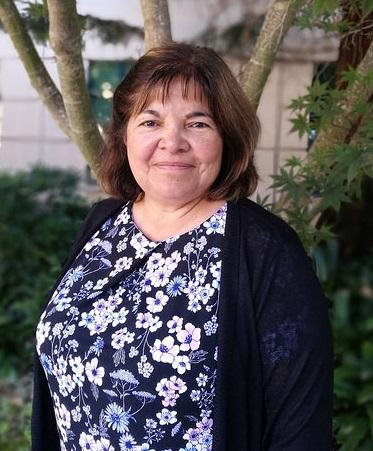
Author: Caroline Bañuelos


